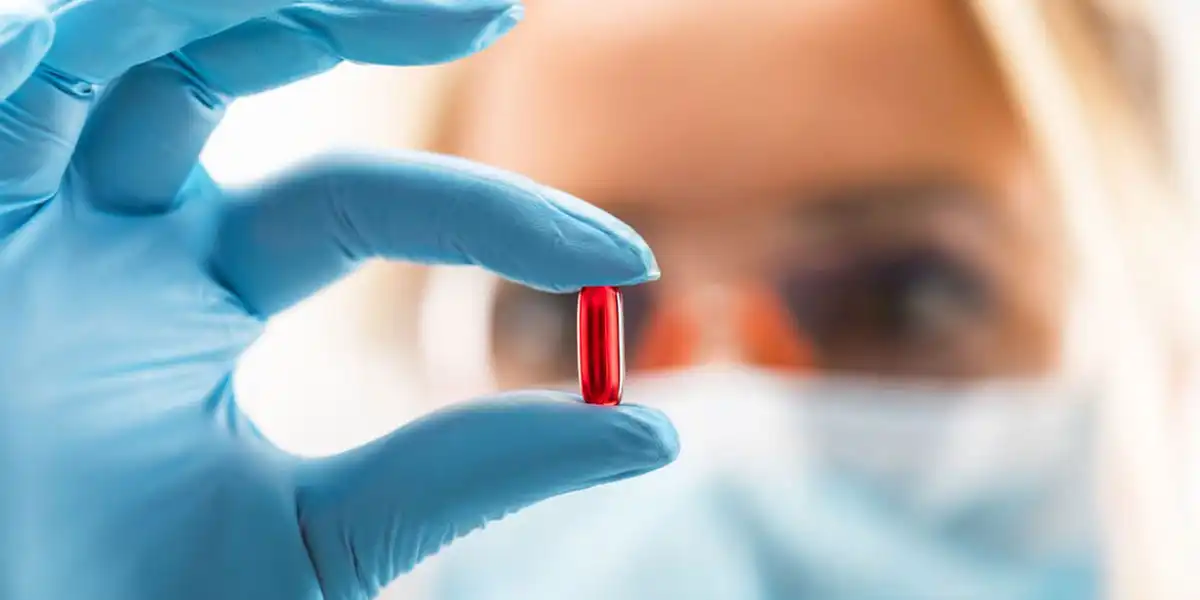
Sep 25, 2024
Blog Life Sciences The Growing Landscape of the Drug Delivery Market: Trends, Innovations, and Future Prospects
The global drug delivery market has witnessed significant growth over the last few years, driven by technological advancements, changing healthcare demands, and an increasing emphasis on patient-centered treatments. This market, which involves the methods and technologies used to administer therapeutic substances to the body, plays a crucial role in improving the efficacy, safety, and convenience of medications.
In this blog, we’ll explore the key trends driving the drug delivery market, the innovations shaping the future, and the potential challenges the industry faces.
The drug delivery market encompasses a broad range of products and technologies designed to enhance the bioavailability, precision, and compliance of therapies. This includes traditional methods such as oral delivery and injections, as well as more advanced systems like transdermal patches, inhalation, and implantable devices.
According to recent market report by BCC Research, the global market for drug discovery technologies is expected to grow from $111.9 billion in 2024 and is projected to reach $197.0 billion by the end of 2029, at a compound annual growth rate (CAGR) of 12.0% during the forecast period of 2024 to 2029. The increasing prevalence of chronic diseases such as diabetes, cancer, and cardiovascular conditions is one of the primary drivers of this expansion. Moreover, the aging population, growing interest in personalized medicine, and the surge in biologics and biosimilars have further fueled the demand for innovative drug delivery systems.
The global market for drug discovery technologies is expected to grow from $111.9 billion in 2024 and is projected to reach $197.0 billion by the end of 2029, at a compound annual growth rate (CAGR) of 12.0% during the forecast period of 2024 to 2029.
The rise of biologics, which are drugs derived from living organisms, has transformed the pharmaceutical industry. These drugs are often larger, more complex molecules compared to traditional small-molecule drugs, which creates a need for specialized drug delivery systems. This trend has spurred the development of advanced delivery methods such as injectable devices, sustained-release formulations, and nanotechnology.
Additionally, as biosimilars (cheaper alternatives to biologics) gain popularity, manufacturers are exploring more cost-effective delivery options to improve accessibility and patient adherence.
Nanotechnology has made significant strides in improving drug delivery precision. Nanocarriers, such as liposomes, micelles, and nanoparticles, can deliver drugs directly to targeted cells or tissues, reducing side effects and improving therapeutic outcomes. This approach is especially promising in cancer therapy, where targeted drug delivery can minimize damage to healthy cells and enhance the effectiveness of treatments.
Patients are becoming more involved in their own healthcare decisions, leading to the development of drug delivery systems that prioritize convenience, ease of use, and improved compliance. Smart drug delivery systems, including wearable injectors and connected devices, allow for self-administration and real-time monitoring of medication levels. These devices can also provide reminders and feedback to patients, ensuring that they adhere to prescribed treatment regimens.
For instance, wearable insulin pumps and continuous glucose monitors have revolutionized diabetes management by offering more precise and patient-friendly solutions.
Despite the growth of biologics and complex therapies, oral drug delivery remains the most popular method due to its non-invasive nature and ease of use. Innovations in this space are focused on enhancing the bioavailability of drugs that traditionally have poor absorption when taken orally. Techniques like nanoparticles, lipid-based carriers, and advanced coatings are being developed to improve the solubility and stability of drugs, allowing for more effective treatments.
Transdermal patches and inhalation-based systems are gaining traction for their ability to provide controlled, sustained-release of drugs. Transdermal patches, commonly used for pain management, hormone replacement therapy, and nicotine cessation, offer a non-invasive and convenient method of delivery that ensures consistent drug levels in the body. Meanwhile, inhalation systems are seeing increased use in treating respiratory diseases, with innovations focusing on improving drug targeting and reducing systemic side effects.
While the drug delivery market presents immense opportunities, it is not without challenges. One of the primary issues is the high cost of developing and commercializing new delivery technologies, particularly in the biologics and nanotechnology space. Regulatory approval processes are also complex, with stringent requirements for demonstrating safety and efficacy.
Additionally, as more personalized and smart delivery systems enter the market, issues related to data security, patient privacy, and the integration of digital health solutions must be carefully managed.
The future of the drug delivery market looks promising, with numerous innovations on the horizon. Researchers are exploring more advanced drug carriers, such as biodegradable polymers and stimuli-responsive systems, which can release drugs in response to specific triggers like temperature, pH, or light. These developments have the potential to revolutionize the treatment of chronic diseases and conditions that require precise dosing and long-term management.
Furthermore, as the industry embraces digital health technologies, we can expect greater integration of drug delivery systems with wearable devices, telemedicine platforms, and AI-driven health monitoring. This will enhance the ability to tailor treatments to individual patients, improving outcomes and reducing healthcare costs.
The drug delivery market is evolving rapidly, driven by advancements in technology, changing patient needs, and the growing demand for more effective and convenient treatment options. As biologics, nanotechnology, and personalized medicine continue to gain momentum, the future of drug delivery promises to be more innovative, patient-centric, and impactful than ever before.
With ongoing research and development efforts, the next decade will likely see groundbreaking solutions that enhance drug efficacy, minimize side effects, and offer more tailored approaches to healthcare.
Consider becoming a member of the BCC Research library and gain access to our full catalog of market research reports in your industry. Not seeing what you are looking for? We offer custom solutions too, including our new product line: Custom Intelligence Services.
Contact us today to find out more.

I am Adarsh Rawat and I have a degree in BBA from Jamia Milia Islamia, I have honed a diverse skill set that spans digital marketing, traditional advertising, brand management, and market research. My journey in marketing has been characterized by a commitment to innovation and an ability to adapt to emerging trends.
In today’s fast-paced biomedical world, researchers and pharmaceutical companies...

Radiopharmaceuticals represent a cutting-edge frontier in modern medicine, offer...

Implantable Remote Patient Monitoring (IRPM) devices are revolutionizing healthc...

We are your trusted research partner, providing actionable insights and custom consulting across life sciences, advanced materials, and technology. Allow BCC Research to nurture your smartest business decisions today, tomorrow, and beyond.
Contact UsBCC Research provides objective, unbiased measurement and assessment of market opportunities with detailed market research reports. Our experienced industry analysts assess growth opportunities, market sizing, technologies, applications, supply chains and companies with the singular goal of helping you make informed business decisions, free of noise and hype.